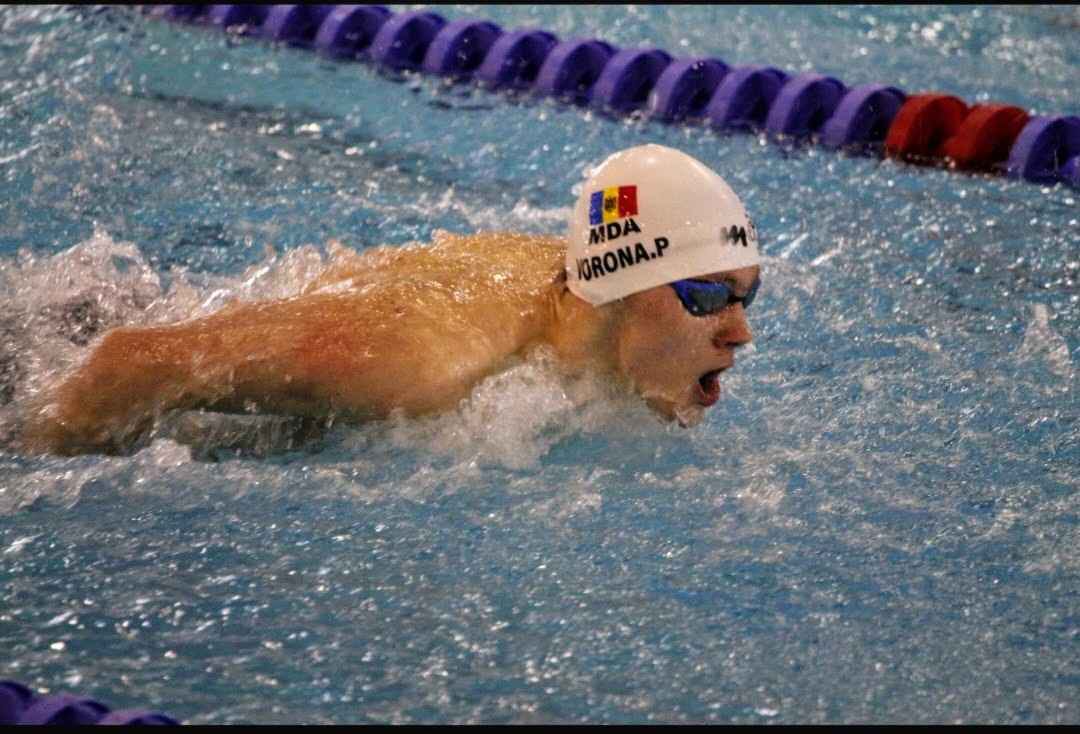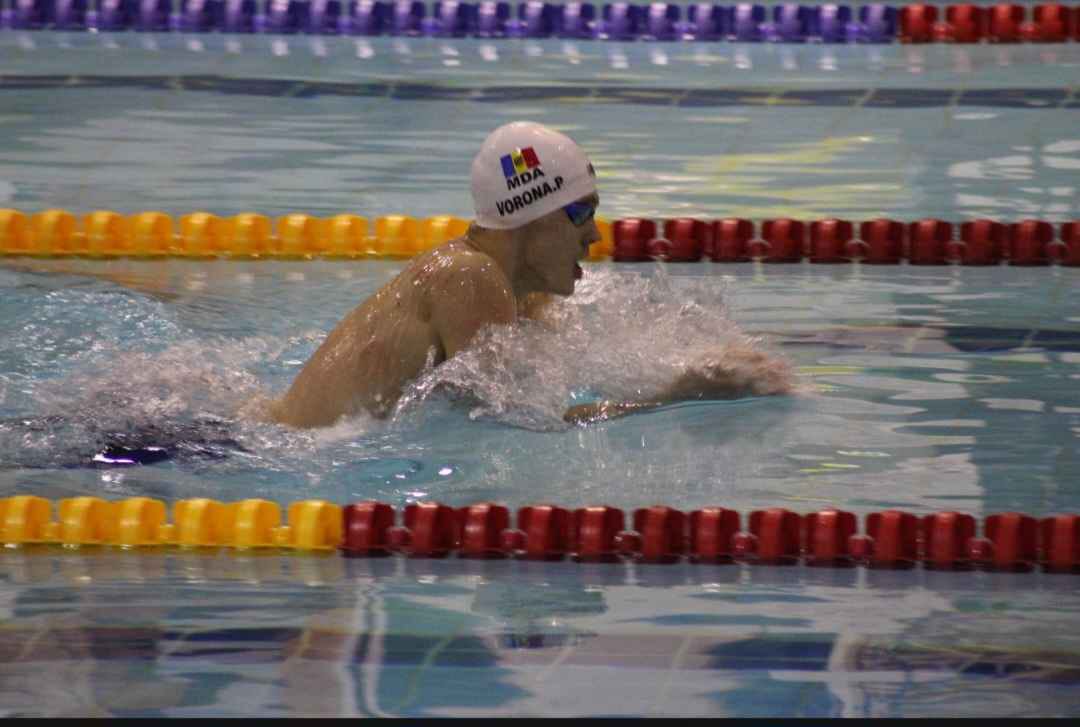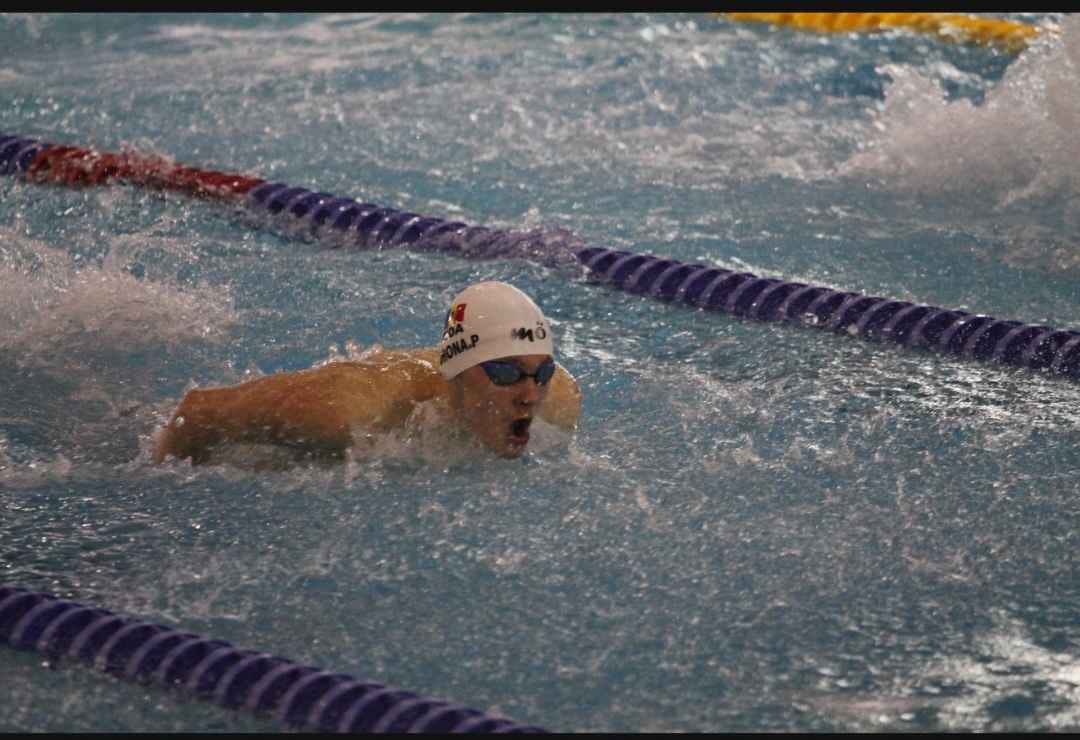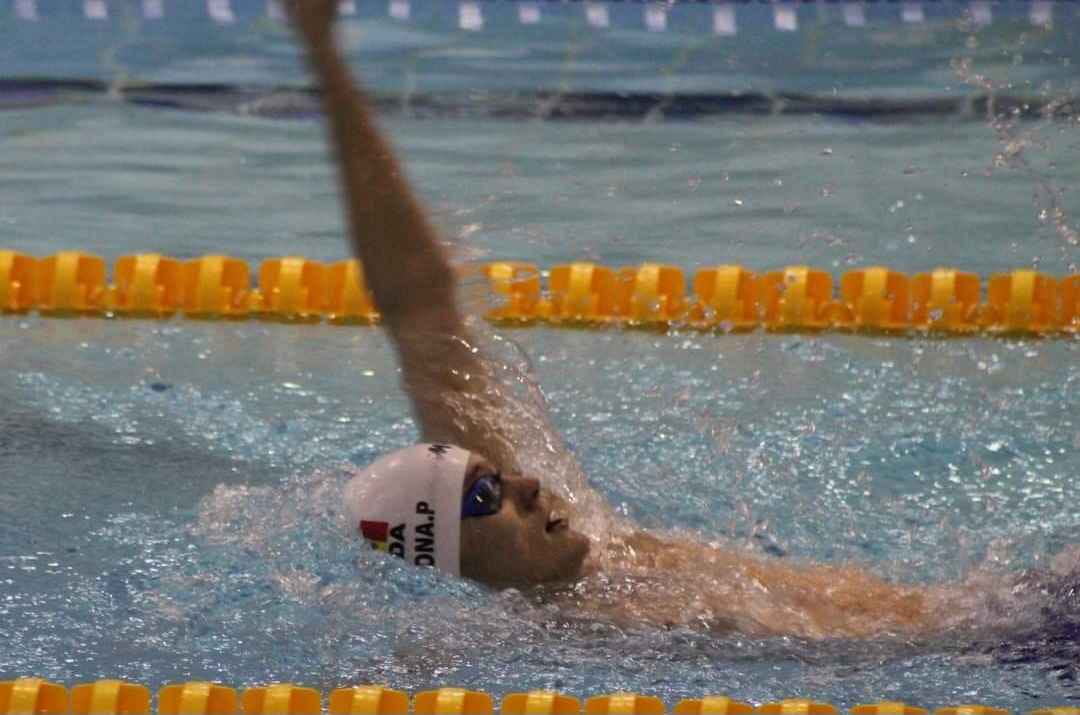you’re at the pool, ready to dive in, but suddenly feel a twinge in your shoulder.
Skipping proper warm-ups for swimming injury prevention could lead to this scenario.
Warm-ups aren’t just a chore; they prepare your body to swim safely and perform better.
Swimming is one of the most demanding full-body exercises, requiring flexibility, strength, and endurance.
To ensure that you swim efficiently and Swimming injuries, a proper warm-up is essential.
In this guide I will take you through the benefits of warm-ups, essential exercises, stroke-specific routines, common mistakes to avoid, and advanced techniques for competitive swimmers.
Why are warm-ups important before swimming?
Warm-ups prepare your body for the physical demands of swimming. It increases blood flow to your muscles, improve flexibility, and reduce the risk of injuries.
Starting without a proper warm-up can lead to muscle strain or joint pain, making it harder to enjoy your swim or perform well.
Benefits of Doing Warm-Ups Before Swimming
-
Increased Blood Flow to Muscles
Warming up gradually increases your heart rate, which enhances blood flow to your muscles and joints. This improves oxygen delivery and prepares the body for more intense activity.
-
Enhanced Flexibility and Range of Motion
Dynamic stretching during warm-ups helps to loosen tight muscles, improving flexibility.
A full range of motion is essential in swimming, where stroke mechanics and mobility are key to performance.
-
Injury Prevention
Proper warm-ups reduce the likelihood of injuries such as strains, sprains, and tendinitis.
By gradually preparing your muscles for intense activity, you reduce the risk of overloading them or forcing them into awkward positions.
-
Mental Preparation
Warming up not only prepares your body but also your mind. It provides a mental focus, helping swimmers shift from daily distractions to the task at hand, improving performance.
How warm-ups enhance muscle performance and reduce injury risks:
When muscles are gradually engaged during a warm-up, they become more responsive to the demands of swimming.
Proper warm-ups also lubricate the joints, ensuring smoother, more fluid movements that prevent undue stress on ligaments and tendons.
Core Warm-Up Exercises For Swimmer
Incorporating these key warm-up exercises will prepare your body for the various movements required in swimming:
-
Arm Rotations
Start with small circles and gradually increase the size. This targets your shoulder joints, which are key for swimming strokes, and helps improve shoulder mobility.
-
Leg Swings
Swing your legs forward and backward and then side to side. This dynamic stretch warms up your hip flexors, hamstrings, and quadriceps, muscles crucial for a strong kick.
-
Walking Lunges
Lunges activate the legs, glutes, and core muscles. They also help with hip flexibility and balance, which are essential for effective kicks and body positioning in the water.
-
High Knees
This cardio-focused warm-up boosts circulation while engaging your hip flexors and core. It helps activate the muscles used for a proper freestyle kick and stroke.
-
Scapular Push-Ups
These activate the muscles of your back and shoulders, especially important for swimmers using powerful arm strokes. They help improve shoulder stability and range of motion.
How long should a swimming warm-up take?
A good swimming warm-up typically lasts 10-15 minutes. This includes 5-10 minutes of dynamic stretching and light movements like arm swings or leg kicks, followed by a few minutes of easy swimming to gradually get into rhythm.
What’s the difference between dynamic and static stretching?
Dynamic stretching involves active movements that stretch muscles and joints through their full range of motion. Static stretching, on the other hand, involves holding a stretch for an extended period.

Dynamic stretching is more effective before swimming because it warms up muscles and increases flexibility in a controlled manner.
Static stretching can be beneficial post-swim, helping to relax muscles and improve overall flexibility over time.
Avoid static stretches before swimming, as they can temporarily reduce muscle power and performance.
Warm-Up Routines for Different Swimming Strokes
Each swimming stroke requires different muscle groups, so it’s important to tailor your warm-up to the stroke you’ll be swimming.
Freestyle
For freestyle, focus on shoulder mobility and hip flexibility. Arm rotations, shoulder rolls, and freestyle kicks help activate the muscles needed for a fast, smooth stroke.

Breaststroke
Breaststroke involves a lot of chest and leg movements. Warm up with chest openers, leg swings, and hip rotations to ensure your muscles are primed for the power-driven kick and arm pull.

Butterfly
Butterfly demands strong core stability, powerful arms, and an effective dolphin kick. Do dynamic stretches like torso twists, arm swings, and leg swings to engage the entire body in preparation for this challenging stroke.

Backstroke
Backstroke swimmers rely on shoulder mobility, a strong core, and fluid kicking. Focus on shoulder rotations, back stretches, and freestyle kicks to activate your body for backstroke-specific movements.

Integrating Cardio in Your Warm-Up for Enhanced Performance
Importance of light cardio before intense training or competition
Engaging in light cardio before a swim helps gradually elevate your heart rate, increases blood flow, and prepares your cardiovascular system for higher-intensity activity. This can improve overall endurance and performance.
Best cardio exercises for swimmers and how they complement muscle warming
- Jumping Jacks– Effective for elevating heart rate and warming up the entire body.
- Light Jogging– If you’re at a poolside, light jogging can activate your leg muscles, which are crucial for a strong kick.
- High Knees– These dynamic movements help engage the legs and hips while promoting blood circulation.
Common Mistakes to Avoid During Swimming Warm-Ups
-
Skipping the Warm-Up
Not warming up can lead to muscle strains and poor performance in the water. Even if you’re short on time, don’t skip this crucial step.
-
Overstretching
Stretching too aggressively before swimming can result in muscle injuries. Keep stretches controlled and avoid holding static stretches before entering the water.
-
Warming Up Too Quickly
A rushed warm-up can be just as ineffective as not warming up at all. Gradually increase intensity to ensure your body is fully prepared for the demands of swimming.
-
Neglecting Specific Muscle Groups
Make sure your warm-up covers all areas of the body, including the shoulders, core, hips, and legs. Neglecting any of these muscles can lead to injury.
-
Not Adjusting for Stroke Type
Each swim stroke has specific demands on your body. Tailoring your warm-up to the stroke you’ll be swimming will help prevent injuries and improve technique.
Can I skip warm-ups if I’m short on time?
Skipping warm-ups increases your risk of injuries like muscle strains or cramps. If you’re short on time, focus on 5-7 minutes of dynamic stretches and light swimming to quickly prepare your body while staying safe.
Advanced Warm-Up Techniques for Competitive Swimmers
Competitive swimmers often require more tailored warm-ups to ensure peak performance. Advanced techniques include:
-
Resistance Bands
Use resistance bands for shoulder and hip mobility exercises. These help strengthen muscles used in swimming and can increase flexibility and range of motion.
-
Foam Rollers
Foam rolling helps release muscle tightness and improve flexibility, especially in the back, shoulders, and legs. It’s a great way to prepare for intense training or a competition.
-
Customizing for High-Intensity Training
If you’re preparing for a high-intensity session or a competition, consider adding sprints or short, intense efforts to your warm-up. This mimics the exertion you’ll experience in the water and prepares your body for explosive movements.
Conclusion
A proper warm-up is the key to unlocking peak swimming performance and preventing injuries.
By incorporating dynamic stretching, stroke-specific exercises, light cardio, and advanced techniques, swimmers can optimize their physical condition and reduce the risk of injury.
Whether you’re a casual swimmer or a competitive athlete, taking the time to properly warm up is essential for success in the water.
So, don’t skip your warm-up; your muscles, joints, and overall performance will thank you.
Further Read: Causes of Swimming Injuries

